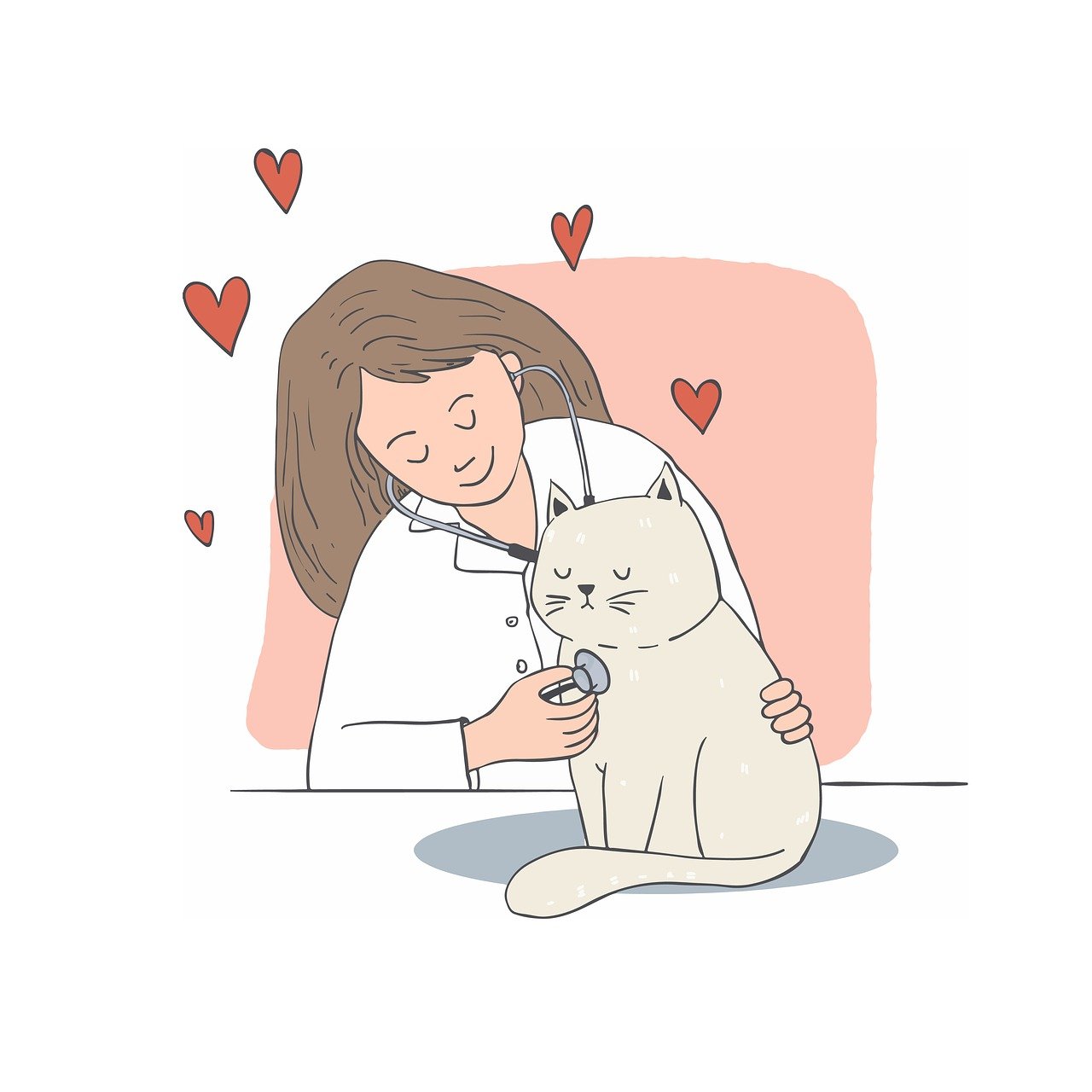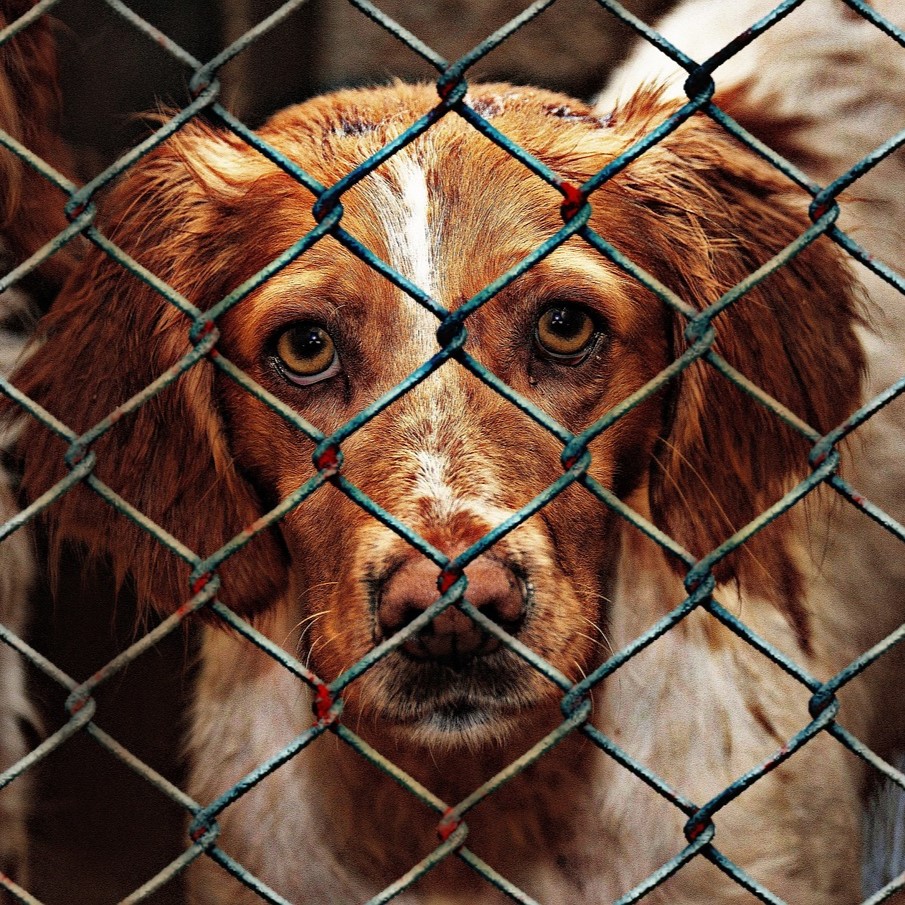Our Pets are Looking for Someone Like You

VOLUNTEERS:
We can always use a hand! You can help by caring for our homeless cats and dogs, keeping the shelter clean, helping us raise funds, or fostering pets. Find out about becoming a Pets to Go volunteer.

SPAY/NEUTER CLINICS:
Spaying or neutering your pet is the best way to stop the flood of homeless animals in Springfield. Our modern spay and neuter clinic has a top-notch professional team.

ANIMAL RESCUE:
Our animals come from overcrowded area shelters, local families that can no longer care for their dog or cat, and rescue groups throughout the state. We give homeless, abandoned, and sometimes abused animals a second chance at a healthy, happy life with a caring guardian.

REHABILITATION:
Pets to Go retrains animals with behavioral problems to be better companions in their new homes. And after the adoption, we're here to help with behavior consultations, training classes, and more.
TIPS FOR TAKING CARE OF PETS
Before bringing a pet home, make sure you're ready. Here are a few things to consider as you prepare to be a pet parent:
- Avoid impulsive decisions. Carefully consider your choice, and select a pet that is suited to your home and lifestyle.
- Recognize that owning a pet requires an investment of time and money.
- Keep only the type and number of pets for which you can provide an appropriate and safe environment. This includes things such as food, water, shelter, health care, and companionship.
- Ensure your pet is properly identified with tags and/or microchips and that their registration information is up to date.
- Be knowledgeable of and adhere to local ordinances, particularly licensing and leash requirements for dogs.
- Provide such preventive health care as vaccinations and parasite control for the life of your pet.
- Socialize your pet to facilitate their well-being and the well-being of other animals and people. If needed, provide additional training.
- Provide exercise and mental stimulation appropriate to the age, breed, species, and health status of your pet.
- Include your pet in your planning for an emergency or disaster, including assembling an evacuation kit.
- Plan for the care of your pet when or if you are unable to do so.